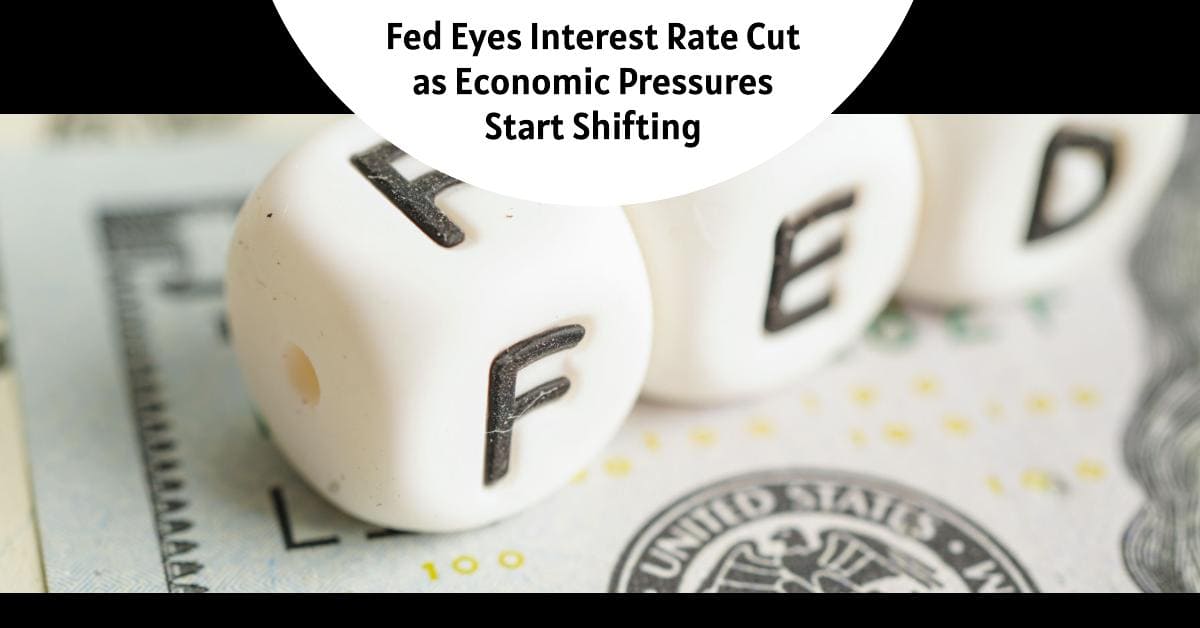The Federal Reserve is the central bank of the United States. It plays a vital role in shaping the country's monetary policy. One of the tools at its disposal, which is considered vital, is the manipulation of interest rates. So, when Adriana Kugler, the Governor of the Federal Reserve, issued a press statement recently, it became the center of discussion and speculation by financiers.
Governor Kugler said it might be appropriate for the central bank to lower interest rates later this year if economic conditions continue pointing the right way. This potential shift in policy is anchored on recent data that point toward a cooling of inflation rates that have proved to be a thorn in the economy.
Inflation means that the general level of prices for goods and services is rising, eroding purchasing power. It can also act as a signal that an economy is heating up. The Federal Reserve aims to keep inflation close to its 2% target—high enough to signal a growing economy but low enough to avoid skyrocketing prices.
Kugler's statements are the latest among officials following a run of inflation rates above those targeted by the Fed, and the central bank has been working to bring inflation back to its goal. Data, so far, have provided some cause for timid optimism, and if this continues, it will put easing on the table.
Interest rate cuts can stimulate economic growth by making borrowing cheaper for interest payments and encouraging spending and investment. If done too early, with too much aggression, a cut in rates can just end up overheating an economy, causing it to return to higher levels of inflation eventually. Therefore, the decision to lower rates is a delicate balance and must be based on a careful analysis of economic indicators.
Market participants closely watch the Federal Reserve's approach to interest rates as it affects everything from mortgage rates and credit card interest to the strength of the dollar and international trade balances. It can have vast effects on the global economy.
All eyes, with the year flying by now, are on the Federal Reserve and what it thinks of the economy: Will data continue to point towards ease in monetary policy via a rate cut, or will the Fed hold steady? Answers to these questions are bound to impact the broad economy, individual businesses and people.
While it is interesting and may have much speculation on the details of monetary policy toward and consequence of the reduction, everyone needs to stay informed and know why the Fed is doing what it is doing. The Federal Reserve's actions are based on a complex interplay of economic indicators, and each decision is made with the goal of fostering a stable and healthy economy.
Finally, the hint of the Federal Reserve cutting rates later this year reflects a view toward the direction of the economy, cautious in approach, though. Subject to further data proving a good economy is prevailing, this represents a watershed decision on potential shifts in monetary policy.
ALSO READ:
- Will Fed Cut Interest Rate in December? Kashkari Hints at Policy Shift
- High Interest Rates Predicted But is Zero Down Payment Possible?
- Interest Rate Predictions for Next 2 Years: Expert Forecast
- Interest Rates Predictions for 5 Years: Where Are Rates Headed?
- Mortgage Rate Predictions for Next 5 Years
- Mortgage Rate Predictions for the Next 2 Years



